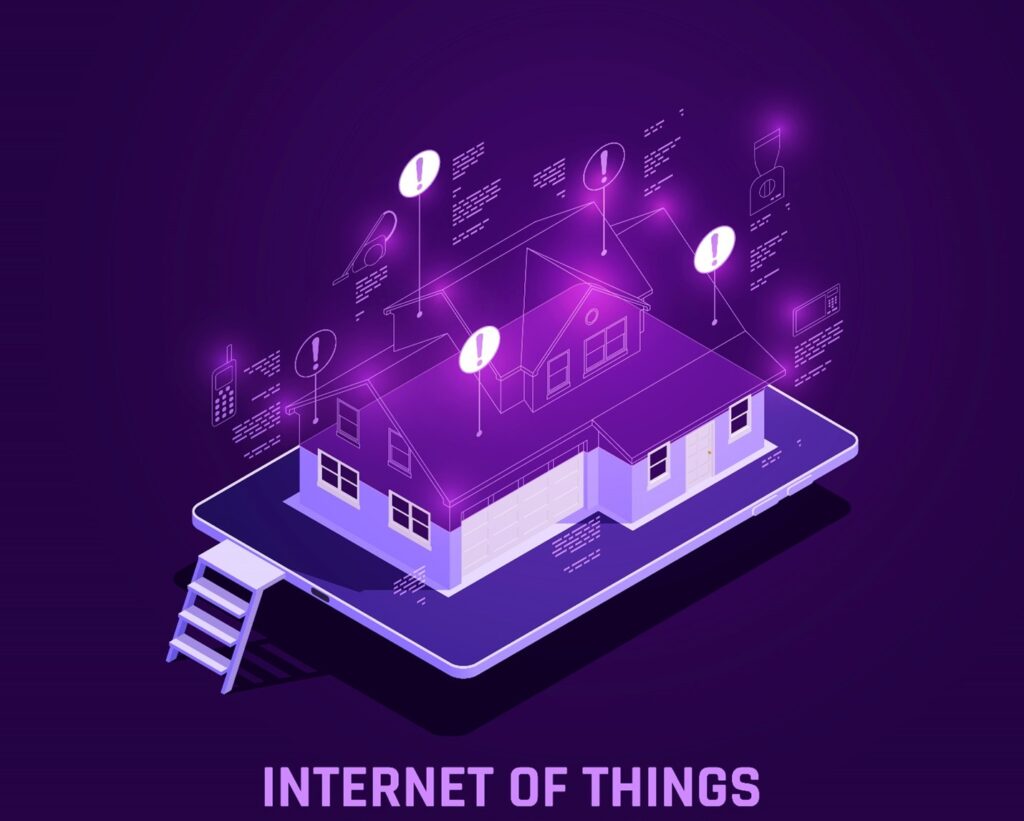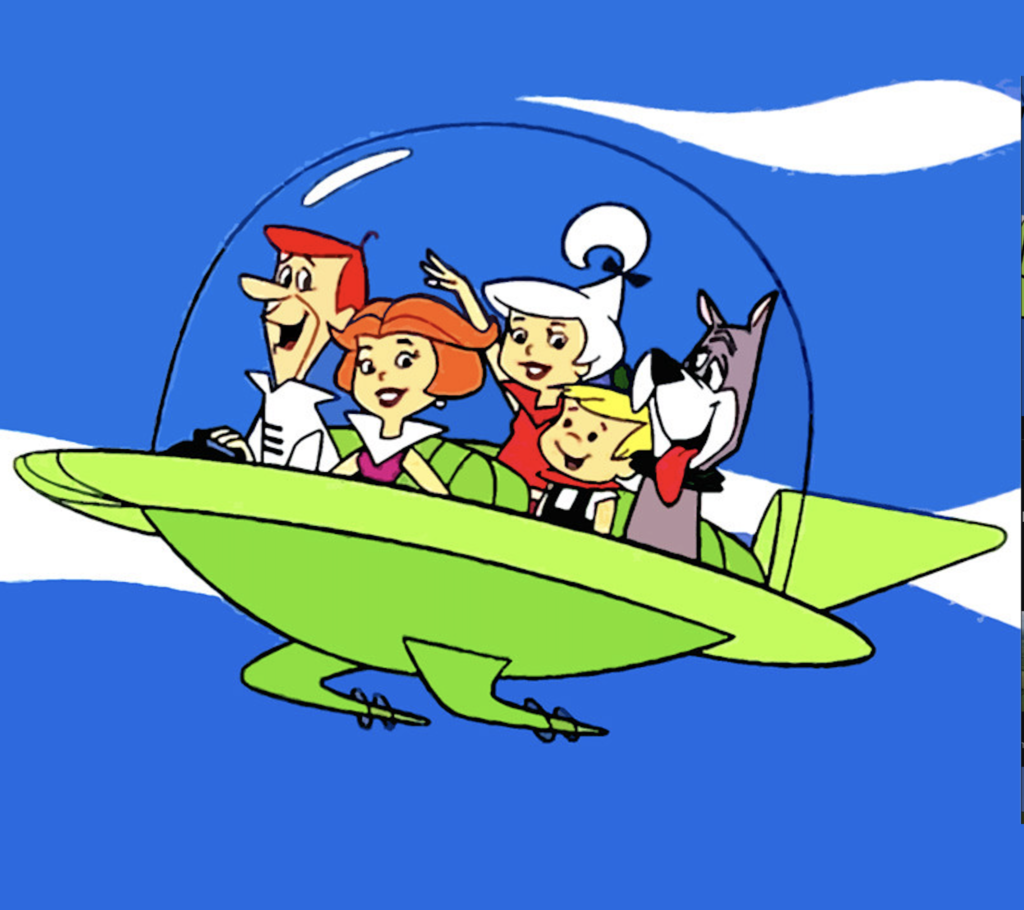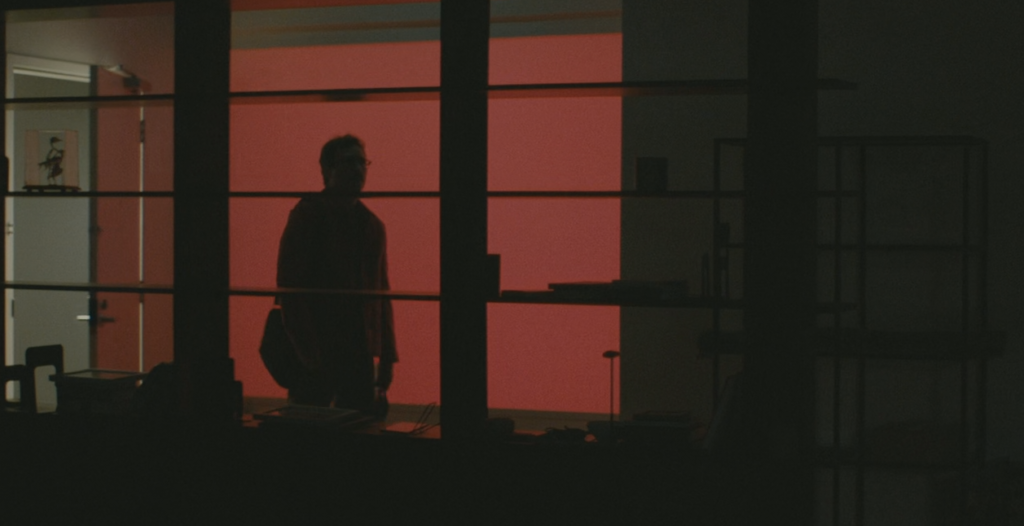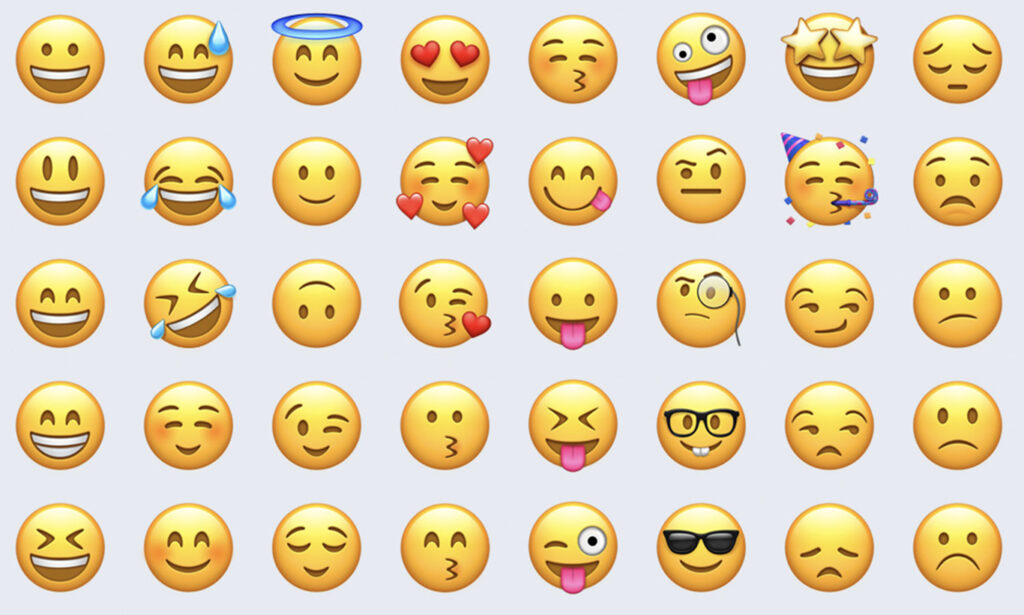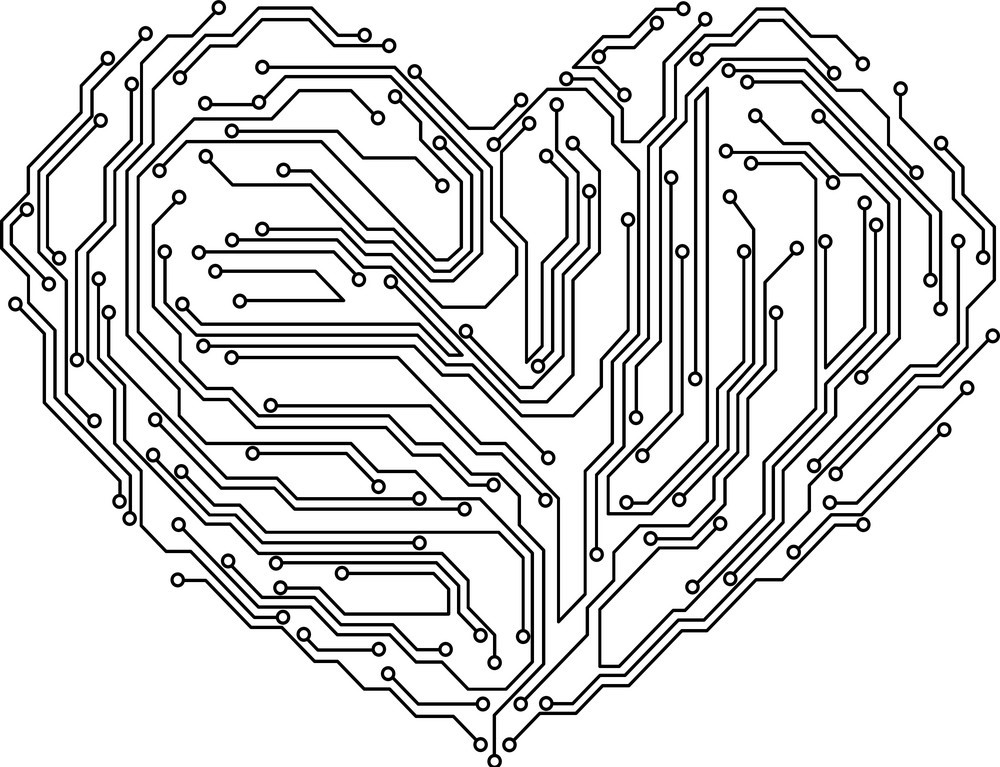The Internet of Things (IoT): Transforming Homes and Cities
The Internet of Things (IoT) has revolutionized how we interact with our surroundings, making our apartments, homes and cities smarter and more connected than ever. And by doing so, IoT is enhancing residents’ convenience, efficiency, and quality of life.
Imagine a world where your home appliances, security systems, and even your lights are interconnected to communicate with each other. That’s the power of IoT in smart homes. IoT devices are connected to the internet to enable automation and control. I’m sure you do this now. You can remotely adjust your thermostat, monitor your bedroom lights, and maybe receive alerts if there’s a water leak in your home.
Video doorbells, another IoT-powered innovation, allow you to see and communicate with visitors remotely, adding another layer of security and convenience.

